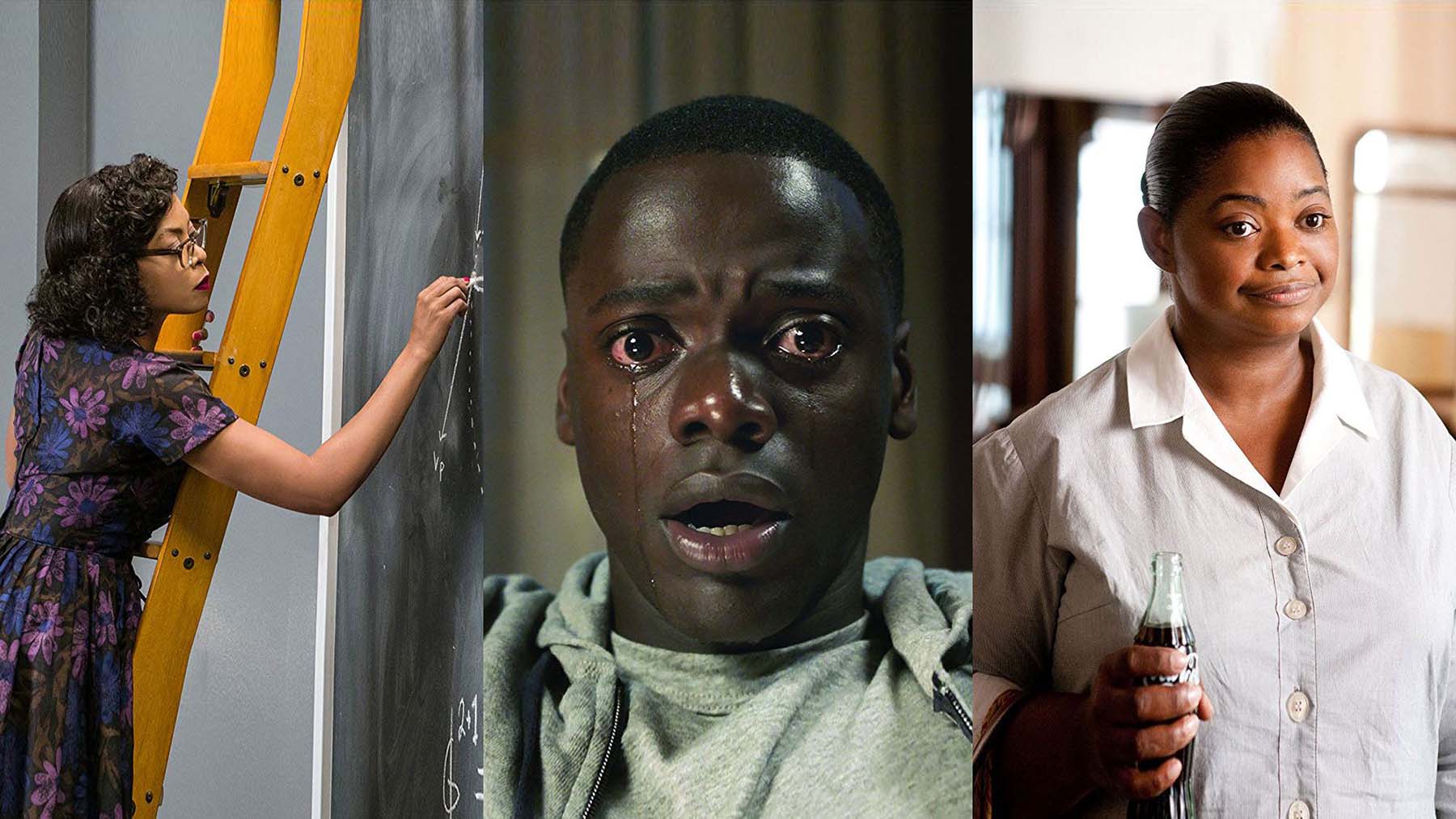In the world of cinema, the magic happens not only during the filming process but also in the post-production phase. This transformative process, known as video editing, holds immense power to shape a raw footage into a captivating and immersive storytelling experience. In this blog, we will explore the art of video editing and delve into its profound impact on the world of film making.
What is Video Editing?

Video editing is the art of manipulating and rearranging video footage, sound, and visual effects to create a coherent and compelling narrative. It involves selecting and trimming the best takes, arranging the shots in a logical sequence, refining the timing and pace, and integrating various audio elements to enhance the emotional impact of a film. The goal is to convey the intended message, evoke emotions, and engage the audience on a deeper level.
The Evolution of Video Editing:


In the early days of cinema, film reels were physically cut and joined together. This labor-intensive process required meticulous planning and attention to detail. With the advent of digital technology, non-linear editing systems emerged, allowing editors to manipulate footage digitally, enhancing their creativity and efficiency. Today, video editing software offers a plethora of tools and effects that provide endless possibilities for artistic expression.
The Evolution of Video Editing:
Crafting the Narrative:



One of the primary functions of video editing is to shape and refine the narrative of a film. Through careful selection and sequencing of shots, editors have the power to mold the story, establish the pacing, and guide the audience’s emotional journey. They can rearrange scenes, experiment with different structures, and create dramatic tension, thereby enhancing the impact and cohesiveness of the overall narrative.
Enhancing Emotional Impact:


Video editing plays a pivotal role in evoking emotions and engaging the audience on a deeper level. By manipulating pacing, timing, and the combination of visuals, sound, and music, editors can heighten suspense, generate laughter, or elicit tears. The right edit can intensify the impact of a poignant moment, create a sense of anticipation, or enhance the overall emotional resonance of a film.
Maintaining Continuity:

Maintaining continuity is essential to ensuring a seamless and immersive viewing experience. Through precise editing techniques such as match cuts, dissolves, and seamless transitions, editors bridge different shots and scenes, creating a coherent flow that eliminates distractions. This attention to detail preserves the visual and narrative consistency, allowing the story to unfold seamlessly before the audience’s eyes.
Enhancing Performances:

Video editing possesses the power to elevate performances and bring out the best in actors. Skilled editors carefully select the most compelling takes, refine performances, and highlight the nuances and subtleties that enhance character development. Through precise editing choices, such as pacing and shot selection, they can amplify emotions, intensify moments, and showcase the actors’ talent to their fullest potential.
Visual Aesthetics and Technical Refinement:

Video editing extends beyond the assembly of footage; it involves refining visual aesthetics and addressing technical aspects. Editors employ color grading, visual effects, and sound design to enhance the overall look and feel of a film. They can manipulate lighting, contrast, and saturation to create a specific mood, as well as incorporate visual effects to bring imagination to life. This attention to detail elevates the production value, leaving a lasting impact on the audience.
Collaboration and Artistic Vision:
Video editing is a collaborative process that requires close collaboration between the director, cinematographer, and editor. The editor’s role is to bring the director’s vision to life while utilizing their own artistic sensibilities. Through open communication and a shared creative vision, the editor becomes a crucial collaborator, contributing to the overall success of the film.
Conclusion:
Video editing is an art form that holds immense importance in the filmmaking process. Its ability to shape the narrative, evoke emotions, maintain continuity, enhance performances, refine visual aesthetics, and collaborate with the creative team is indispensable. The impact of video editing extends beyond mere technicalities; it is the final brushstroke that brings a film to life. Aspiring filmmakers and enthusiasts should recognize and appreciate the vital role that video editing plays in creating captivating and memorable cinematic experiences.

